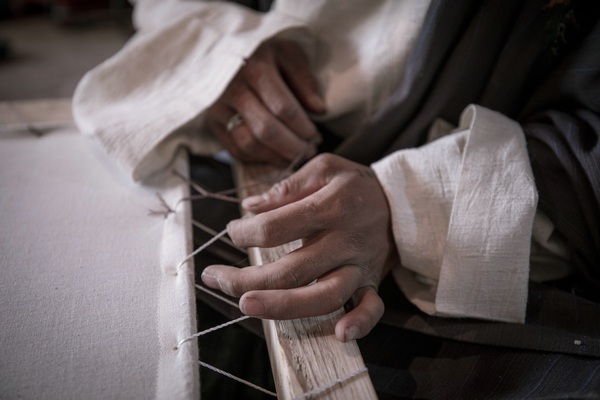

Therefore, Tibetan thangka has naturally become the carrier of civilian education, and one of the communication media of the Tibetan traditional culture, known as the "encyclopedia" of Xizang, and also a precious intangible cultural heritage of Chinese folk art.
Tibetan thangka painting is more similar to the traditional Chinese meticulous painting style that involves single-line drawing and shade rendering. The composition adopts the technique of scatter perspective and is very flat.
In oriental paintings, in-depth studies on decorative, planar, and pure color painting forms, expression forms of space, perspective and blank in composition, simple and imagistic modeling, and on the relationship between object and self and the concept of similarity and dissimilarity have been conducted. These aforementioned forms are consistent with some forms of thangka painting art.
As a painting art with unique Tibetan cultural characteristics, it differs from oil painting, printmaking, fine brushwork and other forms because only Tibetan thangka uses pure gold hook lines, such as the drawing of leaves and cassock.
The Xizang autonomous region is a cultural and social place integrated with "man, nature and society". It has formed a unique perception of the world and space under the special environment of the plateau, and gradually formed the Tibetan view of time and space with the transmission of ethnic groups from generation to generation.
This view of time and space in turn guides the Tibetan people's life practice and production activities, including the Tibetan people's painting art; that is, when people draw thangka, they show their special view of time and space.
The content of thangka art is diverse, involving politics, economy, folk culture and geographical environment. The pictures are perfectly created and full of stories. The picture does not care about the relationship between distance and the size and strives for changeable composition, full picture and complete narration.